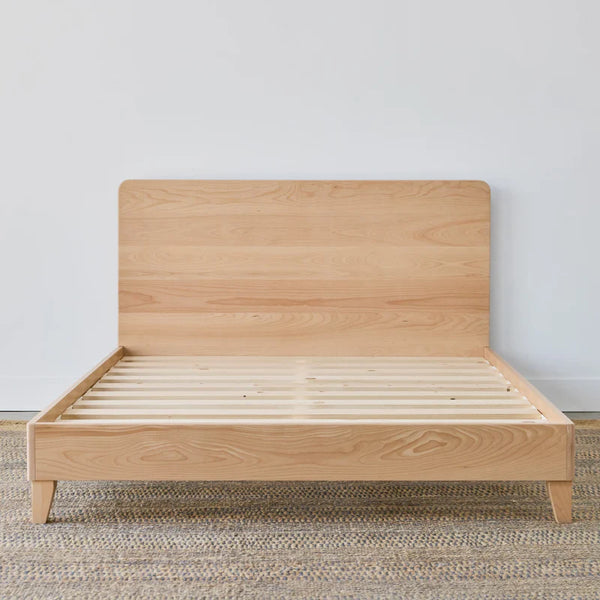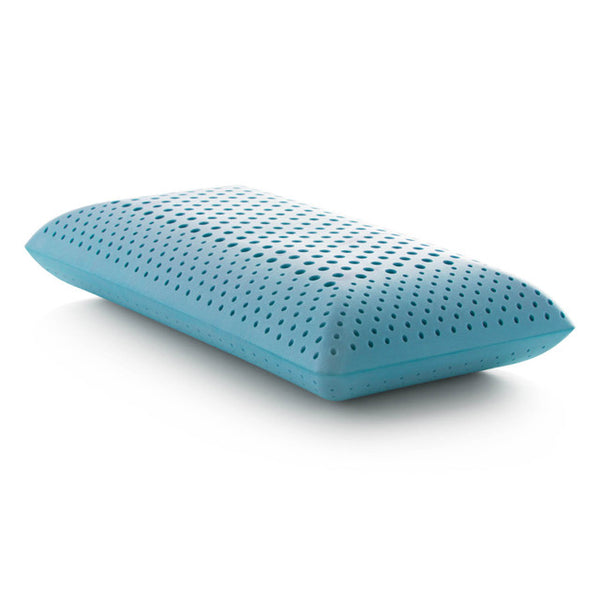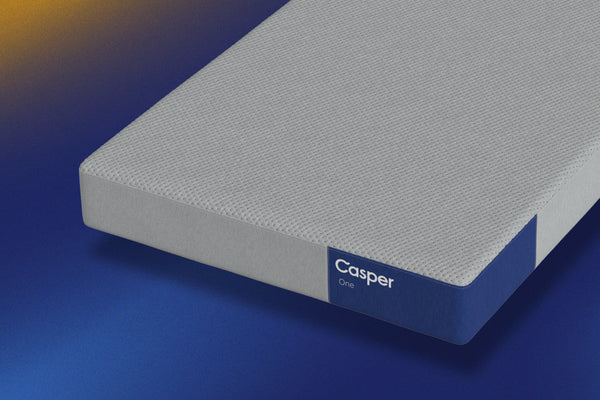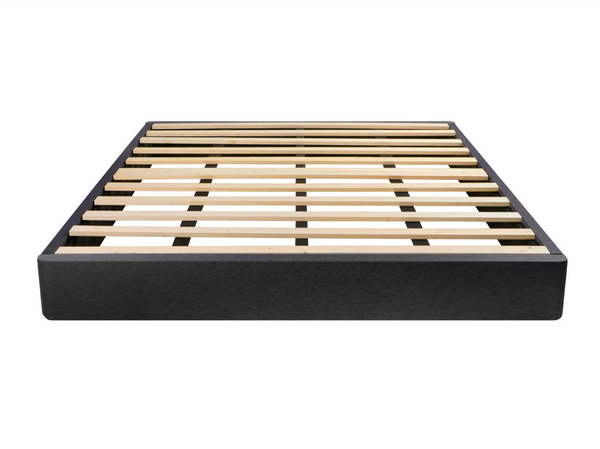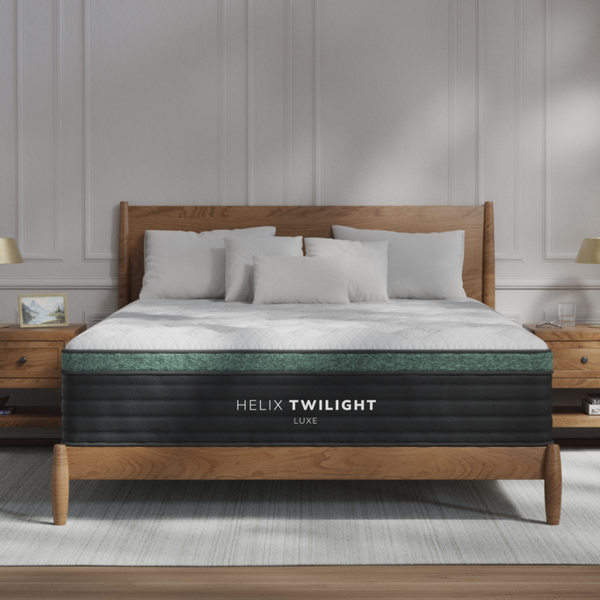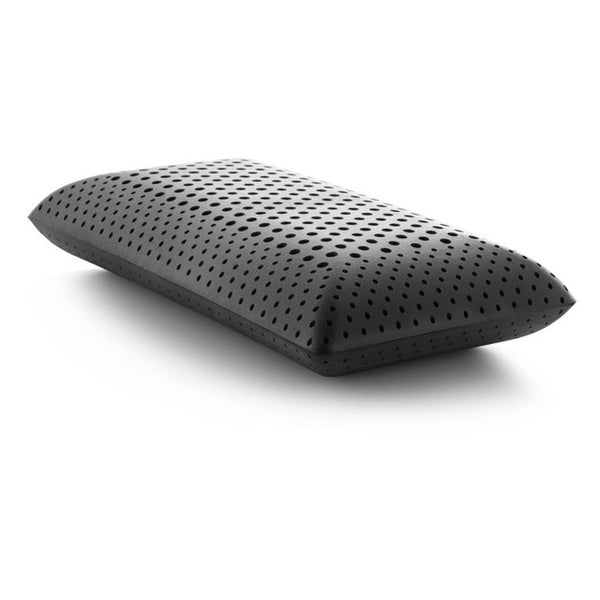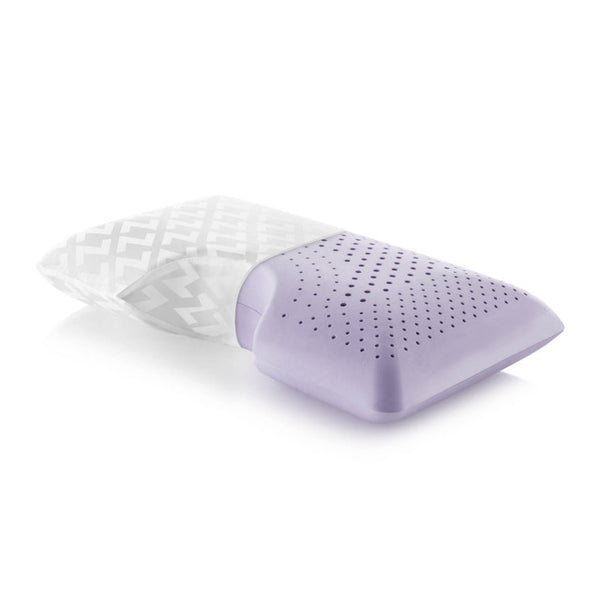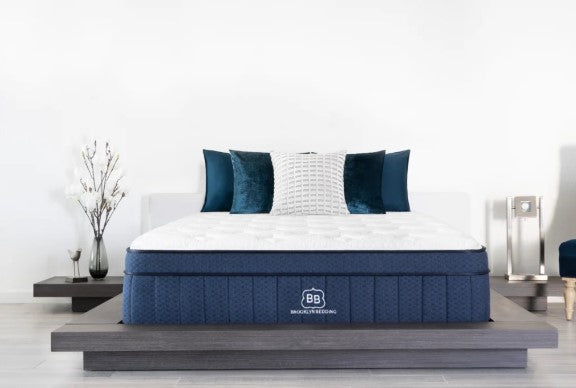
Body Impressions Vs Sagging
Mattresses don't last forever. No matter the brand or price, all beds eventually wear out with age and require replacing. But with proper care and maintenance, mattresses can extend their lifespan considerably and help avoid sagging over time.
Sagging mattresses can lead to back and neck pain, when their deep indentation disrupts spinal alignment and leads to deep indentation of their surface area.
Body Impressions
When you notice small indentations around where you sleep, don't assume it is time for a new mattress. Instead, these indentations are known as body impressions, and occur over time as your weight compresses the foams and fibers of your mattress.
These indentations only impact the top layer of your mattress, and should gradually fade as you continue sleeping on it. Their depth may differ depending on which mattress model you select; extra-firm models typically resist them better. They should not, however, impede its support in any way.
If your mattress has begun sag, however, it may be time for replacement. Sagging can alter your spine alignment, shorten the lifespan of your bed, and prevent restful restful sleep.
Most mattress retailers recommend replacing your mattress every 5-7 years; however, with proper care it may outlive this estimate. A good mattress is an investment, and replacing it prematurely would only add more expense and waste in your budget. To extend its life further and extend its longevity further you should regularly rotate and clean your mattress as well as ensure its foundation provides support to ensure a longer lifespan for it.
Sagging
Slumping on an inadequate mattress can be both uncomfortable and detrimental to your health. Furthermore, its presence lowers quality of life significantly by making waking up harder in the morning and getting through each day harder than before. Whether your mattress is giving off minor or severe backache symptoms - now may be the time to replace it!
Body impressions and sagging mattresses are two distinct conditions, so it's essential that we recognize their differences. While an indentation creates sunken-in spots on your mattress surface, sagging is more noticeable and spread throughout its entirety.
Over time, mattresses often develop slight body impressions due to the soft top layers that conform to your curves. As long as these impressions don't go deeper than 1.5 inches, these are entirely normal and shouldn't affect its performance in any way.
If a mattress indent goes beyond this threshold, however, it could be sagging. Sagging mattresses can put spinal alignment out of alignment and lead to discomfort throughout the day and night. One way to prevent sagging is rotating or flipping your mattress regularly in order to distribute pressure evenly over its surface and slow sagging down; additionally, adding a mattress topper could offer extra support if necessary.
Wear and Tear
Over time, all mattresses lose their shape and develop lumps and sags, whether you own a bed-in-a-box mattress or traditional innerspring model. When this occurs, it should be taken as an indicator that it may be time for an upgrade; failing mattresses not only limit comfort but may lead to spinal misalignments that lead to back pain as well.
It is recommended to replace your mattress every eight years or so; however, its lifespan depends on various factors. Of particular significance is how well you care for and use your mattress; keeping it free from dust mites and allergens will greatly enhance sleep quality and extend its life span.
Weight can have a dramatic impact on the rate at which a mattress degrades; heavy sleepers will typically see their mattresses degrade more rapidly than lightweight sleepers. Size and weight will also have an effect, with larger beds potentially being less durable than smaller beds.
An easy indicator that it may be time for a new mattress is when allergies interfere with sleep and leave you sore in the morning - particularly for women entering menopause, when symptoms may worsen as their bodies transition through menopause.
Other Issues
Mattresses should be changed every few years as their support begins to decline, providing an opportunity to upgrade to a more supportive mattress model. Innerspring and hybrid mattresses tend to sag less than soft all-foam models; however, even they will lose some bounce over time. To extend the feeling of newness for longer, rotate your mattress two to three times annually so body weight redistribution and correcting indenations occurs more effectively.
Over time, it is normal for mattresses used by multiple people to develop slight indentations marks due to compression from changing body types sleeping on it. Incendents up to 2 inches deep should not be considered an issue and indicate that foams and fibers are fulfilling their functions correctly, adapting to your body curves to reduce pressure points while simultaneously improving spine alignment.
Where these subtle indentations become an issue is when they evolve into noticeable sagging, which is extremely uncomfortable as it prevents proper support and alignment and causes back and neck pain. Sagging also negatively impacts sleep quality which plays an essential role in overall physical wellbeing; so if your mattress starts sagging it is vitally important that it gets fixed as soon as possible.


